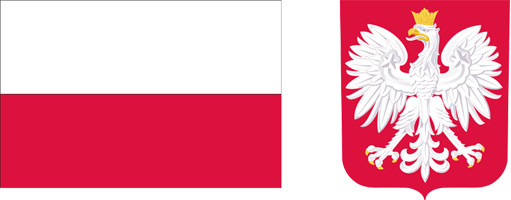Current issue
Archive
About the Journal
Aims and Scope
Advisory Board
Members of the Editorial Board
List of reviewers
Publishing process
Publishing Ethics and Malpractice Statement
Personal data protection (GDPR)
Creative Commons License
CrossRef Member / Similarity Check
For Authors
Call for papers
Guidelines for authors
Submitting a manuscript through the editorial system – step by step
For Reviewers
Peer review process
Guidelines for reviewers
Submitting a review – step by step
Contact
RESEARCH PAPER
ECONOMIC DETERMINANTS OF POULTRY MARKET DEVELOPMENT IN POLAND
1
Institute of Agricultural and Food Economics National Research Institute
Submission date: 2023-07-25
Final review date: 2024-02-14
Acceptance date: 2024-09-06
Publication date: 2024-09-27
Corresponding author
Zagadnienia Ekonomiki Rolnej / Problems of Agricultural Economics 2024;380(3):48-65
KEYWORDS
JEL CLASSIFICATION CODES
Q11
Q13
Q17
Q18
TOPICS
Agricultural economics and policyFood industry and tradeAgricultural commodity marketsAgricultural production
ABSTRACT
The aim of the article is to identify changes in the production and export of poultry from Poland and
the factors influencing the development of this market. The main methods used to achieve the aim of
the study are comparative analysis over time, structure analysis, and correlation coefficient. The study
mainly used annual data collected by the Ministry of Finance and Statistics Poland. During the period
under study, Poland was self-sufficient in poultry production, which increased, except for 2021, when
it decreased, which was primarily caused by the very dynamic transmission of avian influenza in poultry.
A progressive process of production concentration is observed in the sector. The share of farms keeping
the smallest flocks of broiler chickens decreased, and the share of farms keeping the largest flocks
increased. Imports of poultry products in relation to exports were small. Production was much higher
than domestic market demand. About half of the production was exported. Between 2014 and 2022,
poultry meat and offal had the largest share in the export structure. One of the challenges for market
development is the greater intensity of avian influenza, which directly or indirectly affects various participants
in the supply chain. Therefore, there is a need to create plans for dealing with the appearance
of avian influenza in poultry. In the case of export, the consequence of the occurrence of avian influenza
in poultry may be the need to change some geographical export directions, which should be included in
such plans. It is also necessary to prepare a plan for the management of surplus poultry in the event of
a ban on ritual slaughter. The development scale creates a need for systematic research of this sector.
Share
RELATED ARTICLE
We process personal data collected when visiting the website. The function of obtaining information about users and their behavior is carried out by voluntarily entered information in forms and saving cookies in end devices. Data, including cookies, are used to provide services, improve the user experience and to analyze the traffic in accordance with the Privacy policy. Data are also collected and processed by Google Analytics tool (more).
You can change cookies settings in your browser. Restricted use of cookies in the browser configuration may affect some functionalities of the website.
You can change cookies settings in your browser. Restricted use of cookies in the browser configuration may affect some functionalities of the website.




